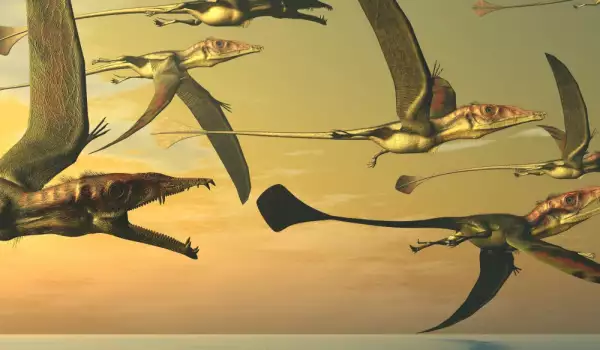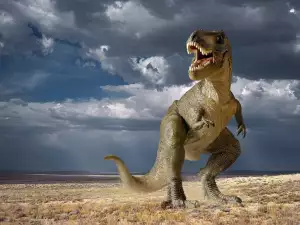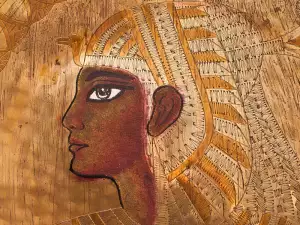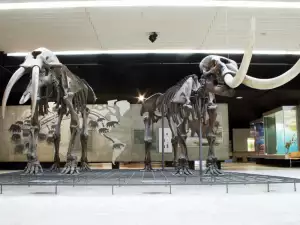Paleontologists have recently uncovered fossils of a monstrous flying dinosaur with a bite so massive it likely enabled it to swallow its prey whole. Even though the official name the creature was given was Hatzegopteryx, it quickly became better known as the "flying T-rex".
The bones were found in the Romanian region of Transylvania. The flying monster is believed to have lived about 70 million years ago. The reptile had a short and enormous jaw about 1.6 ft (0.5 m) wide, meaning it could easily swallow a human child whole if it were alive today.
Scientists have already found that Hatzegopteryx was a Pterosaur - a flying lizard that existed during the time of the dinosaurs. From research thus far, experts posit that the majority of Pterosaurs fed on small dinosaurs or the babies of larger species.
However, the new fossils reveal that the flying lizards that reigned over the skies of Romania were capable of eating much larger prey, roughly the size of a horse.
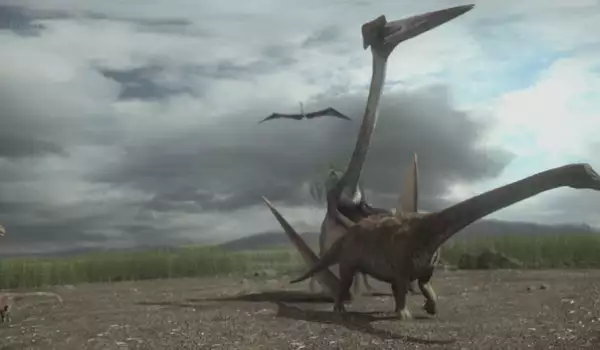
Pterosaurs grew to tremendous sizes in the late Cretaceous period, the end of the dinosaur era. One of the most famous fossils of this kind of winged lizard to have been found was in Texas, belonging to the species Quetzalcoatlus northropi. Its wingspan was 39.4 ft (12 m) and according to research, it fed mostly on mussels.
These gigantic flying beasts belong to the Azhdarchidae family, where all representatives have the same body structure - long legs, neck and wings.
The fossils found in Romania prove that the flying T-rex was an exception. Its neck was much shorter and its bones a lot stronger, about 1/4" thick. Its body was stocky, weighing up to 551 lb (250 kg), a staggering number for a flying animal.
According to researchers, Hatzegopteryx was the apex predator in Southeastern Europe. Paleontologists postulate that the reptile lived in giant bird colonies, similar to today's birds. Studies of the species are just beginning however.
